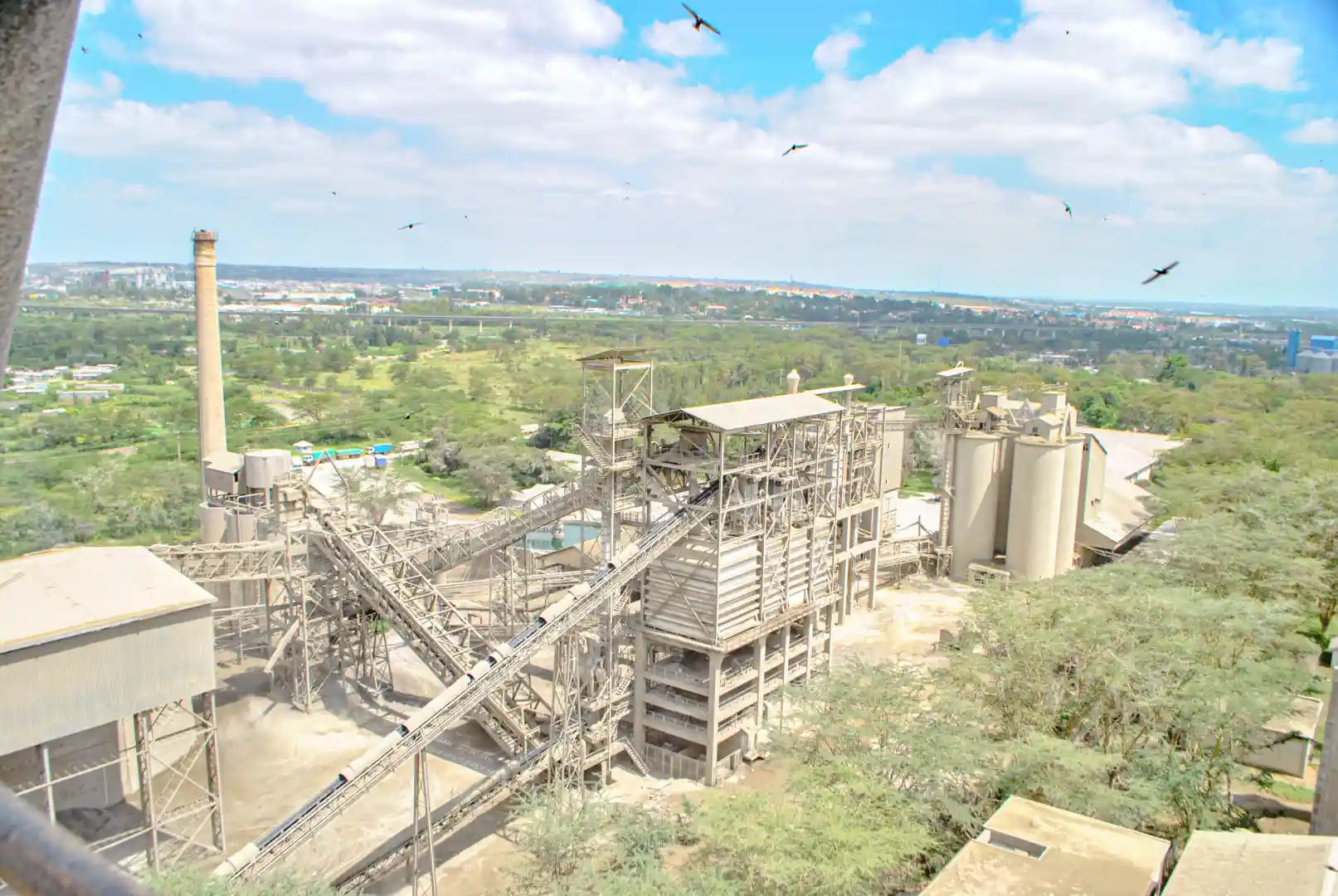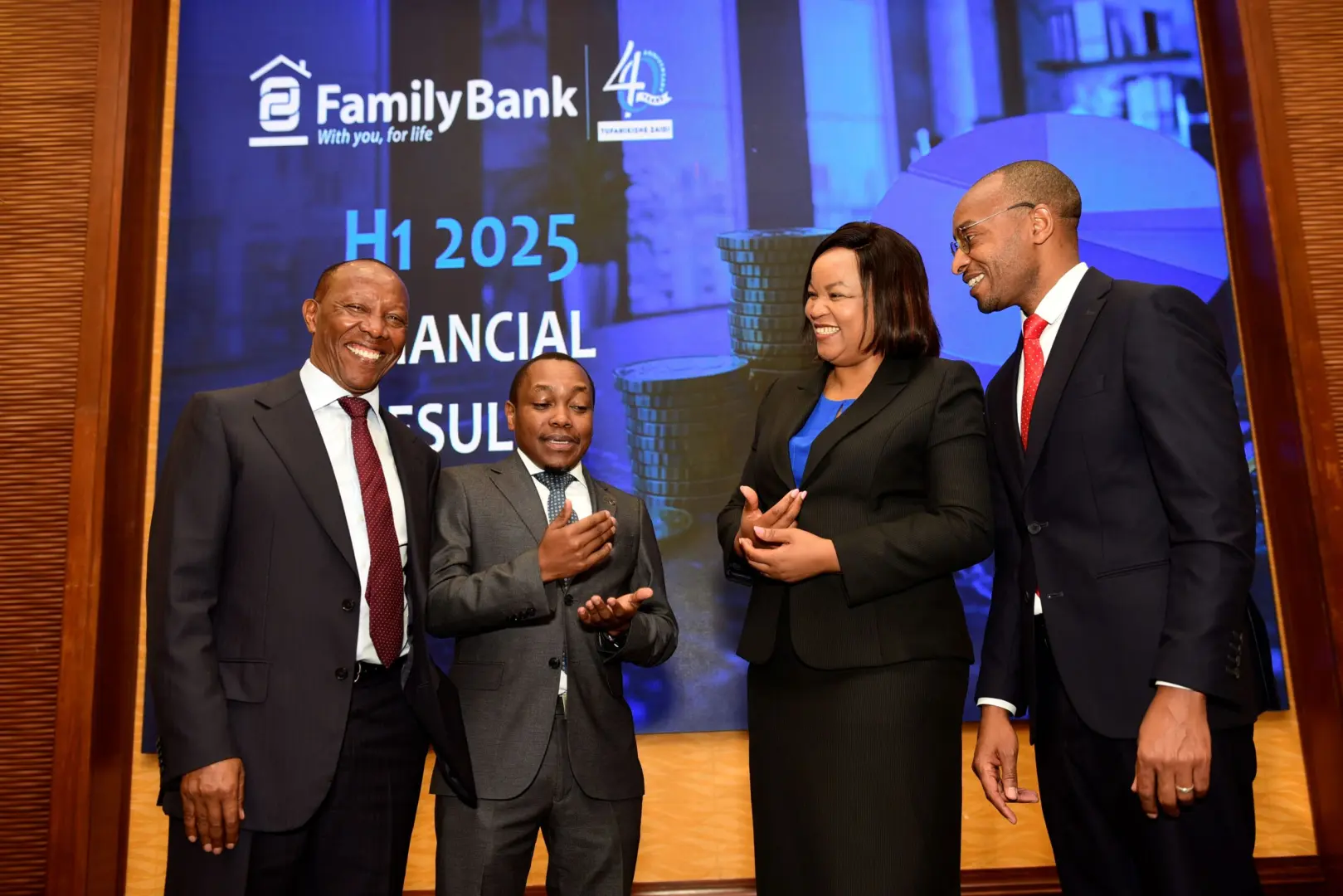South Africa’s central bank surprised markets on May 29 by unanimously cutting its main repurchase (repo) rate by 25 basis points to 7.25%, even as it signalled a stronger commitment to narrowing its inflation target to 3% from the current 3%–6% range (Reuters). In addition to trimming forecasts for economic growth and consumer prices, the South African Reserve Bank (SARB) released detailed modelling showing that a lower inflation objective would yield long-term benefits, despite an initial drag on growth.
A Decisive Cut: Breaking from Caution
At its May meeting, the SARB’s Monetary Policy Committee (MPC) voted 5–1 in favour of a quarter-point rate reduction; one member had advocated a larger, 50-basis-point cut. Economists had widely anticipated a close vote, or even a hold, given the central bank’s historically cautious stance. Instead, the unanimous move underscores growing confidence that domestic inflation pressures have dissipated, thanks largely to a stronger rand, lower global oil prices, and subdued wage growth.
Key takeaways from the repo-rate decision include:
- Repo Rate Lowered to 7.25%: Down from 7.50%, and from a peak of 8.25% in September 2024.
- Inflation Forecast Revised: The SARB cut its 2025 Consumer Price Index (CPI) forecast to 3.2% (from 3.6%), reflecting favourable base effects and commodity prices.
- Growth Projection Reduced: 2025 GDP growth is now seen at 1.2%, down from a prior estimate of 1.7%, due to lingering structural constraints.
Despite lingering global risks—chiefly the continuation of U.S. trade tensions—the bank’s tone was decidedly less hawkish than at its March meeting, when it kept rates unchanged.
“Neutral Zone”: Deputy Governor Weighs In
Following the announcement, Deputy Governor Rashad Cassim described the current borrowing-cost environment as a “neutral zone,” where monetary policy neither stimulates nor restricts economic activity. He stressed, however, that achieving stronger and more inclusive growth hinges on accelerating government reforms in energy, transport, water, and visa regulations. Without these structural improvements, Cassim warned, private-sector investment may fail to pick up sufficiently to lift growth above 2% in the medium term.
Inside the MPC’s Deliberations
According to the official Statement of the Monetary Policy Committee (May 2025), members highlighted several factors underpinning the decision:
- Sub-3% Inflation Prints: April’s CPI dipped below the SARB’s 3%–6% target band, with core inflation similarly muted amid lower food and transport costs.
- Exchange-Rate Strength: The rand traded near a five-month high of ZAR 17.80 to the U.S. dollar, easing imported-inflation risks.
- Oil-Price Outlook: Brent crude averaged under USD 72 per barrel, limiting petrol price increases after higher fuel levies in the February national budget.
- Budget-Deficit Resolution: Recent political agreements over the 2025 budget quelled earlier uncertainty, reducing concerns about unplanned fiscal slippage.
The committee also took note of persisting headwinds: high unemployment—above 32%—and power shortages that continue to weigh on mining and manufacturing output.
Modelling a Lower Inflation Target
In a marked departure from its usual communications, the SARB published technical models comparing its current midpoint target of 4.5% with a proposed 3% objective (South African Reserve Bank). The analysis showed that adopting a lower target would:
- Lift Real GDP Growth: After an initial slowdown—due to higher real interest rates—growth would accelerate beyond baseline projections as confidence and investment rebound.
- Narrow Inflation Expectations: Anchoring long-term inflation closer to 3% would reduce wage-price spirals and bolster household purchasing power.
- Enhance Credibility: Demonstrating a clear commitment to price stability could lower risk premia on government debt, trimming borrowing costs.
Political and Trade-War Context
President Cyril Ramaphosa visited Washington in late May, seeking tariff exemptions and closer economic ties after criticism from former President Trump. While no immediate breakthroughs emerged, both sides are exploring proposals—ranging from U.S. LNG imports to a duty-free vehicle quota for South African manufacturers (Reuters). Any successful bilateral deal could strengthen the rand further and reduce import costs, reinforcing SARB’s disinflationary narrative.
Market and Investor Reaction
Financial markets responded positively to the rate cut and the prospect of a tighter inflation target:
- Rand: Strengthened by about 1% against the dollar on the day of the decision, recovering from earlier losses.
- Government Bonds: Yields on the 10-year bond fell ten basis points to 9.20%, reflecting lower expected terminal rates.
- Equities: The FTSE/JSE All-Share Index rose 0.7%, led by banks and property stocks set to benefit from reduced funding costs.
Impact on Households and Businesses
Lower interest rates translate directly into cheaper borrowing for consumers and firms:
- Mortgages: Homeowners with adjustable-rate loans can expect monthly repayments to fall by up to 5%, boosting disposable incomes.
- Corporate Credit: Business loans and working-capital facilities may see rate reductions, potentially spurring capital expenditure in sectors like manufacturing and services.
- Government Debt: A lower yield curve could reduce the government’s debt-service burden, freeing up resources for infrastructure and social spending.
However, analysts caution that without structural reforms—in energy, logistics, and labour markets—firms may hesitate to invest, limiting the full benefits of monetary easing.
Comparing Global Monetary Trends
South Africa joins a chorus of emerging-market central banks recalibrating policy amid receding inflation:
| Central Bank | Policy Rate Cut | Current Rate | Inflation Target |
| SARB | 25 bps | 7.25% | 3%–6% (narrowing to 3%) |
| Bank of Brazil | 50 bps | 12.75% | 3.5% ±1.5% |
| Bank of Mexico | 25 bps | 10.50% | 3% ±1% |
| Bank of India | 25 bps | 6.50% | 4% ±2% |
While major central banks like the Fed and ECB remain on hold or cautious about cuts, EM peers are capitalising on improved inflation dynamics to support growth.
Risks and the Road Ahead
Despite the dovish tilt, SARB highlighted persistent uncertainties:
- Global Trade Tensions: A resurgence in U.S.–China or U.S.–EU tariff skirmishes could feed through to commodity prices and supply chains.
- Energy Constraints: Rotating power cuts (load-shedding) continue to dent industrial output and investor confidence.
- Fiscal Slippage: Any slippage in government revenues or unplanned spending—especially related to social grants—could undermine the disinflation trajectory.
The next MPC meeting, scheduled for late July, will further assess incoming data on inflation, growth, and global developments before deciding on subsequent rate moves. Meanwhile, the debate over formally lowering the inflation target will intensify, with market participants watching for Finance Minister Enoch Godongwana’s endorsement later in the year.
Conclusion: Short-Term Pain, Long-Term Gain
By cutting rates and signalling a shift to a 3% inflation objective, the SARB is striking a delicate balance: providing near-term relief to an economy struggling with weak growth, while laying the groundwork for a more credible, lower-inflation regime that can support sustainable expansion over the next decade.
As Governor Kganyago aptly put it, “The true measure of our policy will be seen not just in headline growth figures, but in the confidence of investors, the resilience of households, and the vibrancy of small businesses across the country.” If the central bank’s forecasts hold true, South Africa may soon reap the rewards of this carefully calibrated strategy.
Ready to take your career to the next level? Join our dynamic courses: ACCA, HESI A2, ATI TEAS 7 , HESI EXIT , NCLEX – RN and NCLEX – PN, Financial Literacy!🌟 Dive into a world of opportunities and empower yourself for success. Explore more at Serrari Ed and start your exciting journey today! ✨
Photo source: Google
By: Montel Kamau
Serrari Financial Analyst
30th May, 2025
Article, Financial and News Disclaimer
The Value of a Financial Advisor
While this article offers valuable insights, it is essential to recognize that personal finance can be highly complex and unique to each individual. A financial advisor provides professional expertise and personalized guidance to help you make well-informed decisions tailored to your specific circumstances and goals.
Beyond offering knowledge, a financial advisor serves as a trusted partner to help you stay disciplined, avoid common pitfalls, and remain focused on your long-term objectives. Their perspective and experience can complement your own efforts, enhancing your financial well-being and ensuring a more confident approach to managing your finances.
Disclaimer: This article is for informational purposes only and does not constitute financial advice. Readers are encouraged to consult a licensed financial advisor to obtain guidance specific to their financial situation.
Article and News Disclaimer
The information provided on www.serrarigroup.com is for general informational purposes only. While we strive to keep the information up to date and accurate, we make no representations or warranties of any kind, express or implied, about the completeness, accuracy, reliability, suitability, or availability with respect to the website or the information, products, services, or related graphics contained on the website for any purpose. Any reliance you place on such information is therefore strictly at your own risk.
www.serrarigroup.com is not responsible for any errors or omissions, or for the results obtained from the use of this information. All information on the website is provided on an as-is basis, with no guarantee of completeness, accuracy, timeliness, or of the results obtained from the use of this information, and without warranty of any kind, express or implied, including but not limited to warranties of performance, merchantability, and fitness for a particular purpose.
In no event will www.serrarigroup.com be liable to you or anyone else for any decision made or action taken in reliance on the information provided on the website or for any consequential, special, or similar damages, even if advised of the possibility of such damages.
The articles, news, and information presented on www.serrarigroup.com reflect the opinions of the respective authors and contributors and do not necessarily represent the views of the website or its management. Any views or opinions expressed are solely those of the individual authors and do not represent the website's views or opinions as a whole.
The content on www.serrarigroup.com may include links to external websites, which are provided for convenience and informational purposes only. We have no control over the nature, content, and availability of those sites. The inclusion of any links does not necessarily imply a recommendation or endorsement of the views expressed within them.
Every effort is made to keep the website up and running smoothly. However, www.serrarigroup.com takes no responsibility for, and will not be liable for, the website being temporarily unavailable due to technical issues beyond our control.
Please note that laws, regulations, and information can change rapidly, and we advise you to conduct further research and seek professional advice when necessary.
By using www.serrarigroup.com, you agree to this disclaimer and its terms. If you do not agree with this disclaimer, please do not use the website.
www.serrarigroup.com, reserves the right to update, modify, or remove any part of this disclaimer without prior notice. It is your responsibility to review this disclaimer periodically for changes.
Serrari Group 2025












